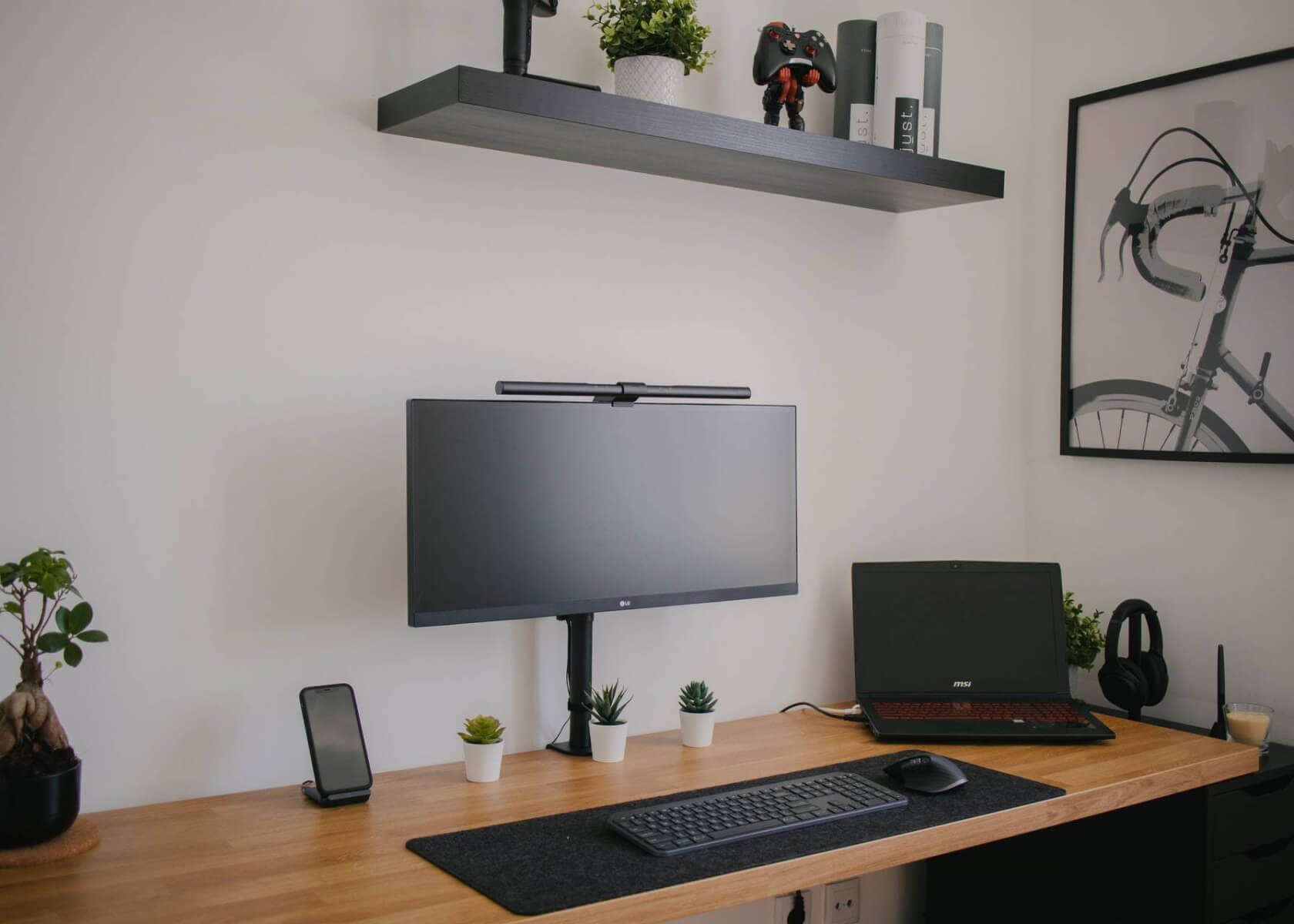Designing and Managing a Personal Style and Wardrobe Organizer in Notion: A Comprehensive Guide

New to Notion?
How to Design and Manage a Personal Style and Wardrobe Organizer within Notion
Notion is a powerful tool that can be used for various purposes, including designing and managing a personal style and wardrobe organizer. With its flexible features and extensive customization options, Notion offers a versatile platform for creating a digital solution to organize and curate your wardrobe. In this article, we will guide you through the process of setting up your personal style and wardrobe organizer using current best practices and the latest Notion features.
Organizing Your Wardrobe Items
Before diving into the design aspect, it is important to efficiently organize your wardrobe items within Notion. Here’s how to get started:
- Create a new page in Notion dedicated exclusively to your wardrobe organizer.
- Divide your wardrobe into different categories such as tops, bottoms, dresses, shoes, and accessories. You can do this by creating separate pages or sections for each category.
- Within each category page, create a database (table, gallery, or list view) to manage the specific items. Set up properties for every item such as name, color, size, brand, image, and even purchase date or price if desired.
Structuring your wardrobe in this way allows you to quickly locate, update, and manage your items without cluttering your workspace. For inspiration, check out this workspace template.
Designing Your Personal Style and Wardrobe Organizer
Notion offers a wide range of design options, allowing you to create a visually appealing and personalized organizer. Consider these tips when designing your wardrobe organizer:
Customized Page Covers
- Use eye-catching images or icons as cover images for each wardrobe category page. Custom covers add visual appeal and help you navigate your organizer quickly.
Color-Coding
- Assign distinct colors to various categories or subcategories of your wardrobe. This color-coding system provides a quick visual reference to identify groups of items at a glance. For an example of effective usage, see the coding tracker template.
Drag and Drop
- Utilize Notion's drag and drop functionality to easily move items between categories or rearrange the order of items within a category. This feature is useful for keeping your wardrobe organized as your style evolves.
Linked Databases
- Take advantage of Notion's relational database features by linking items from different categories. For example, you can connect a pair of shoes with an outfit that includes them. This creates a comprehensive view of your wardrobe and simplifies your outfit planning process.
Custom Views
- Experiment with different views such as:
- Gallery view for a visual browsing experience.
- Board view to categorize items by occasion or season.
- Table view to display detailed information in a structured format.
Adjusting these views helps you interact with your database in the way that best suits your needs.
Embedding Widgets and Integrations
- With recent updates, Notion now supports embedding various widgets and integrations directly on your pages. Add weather widgets for seasonal planning or integrate with other productivity tools to enhance your wardrobe organization experience.
Managing Your Wardrobe
Notion’s robust features make it easy to maintain and curate your wardrobe. Here are some essential techniques for staying organized:
Wardrobe Inventory
- Regularly update your wardrobe database with new additions and remove items you no longer own. This ongoing maintenance ensures that your organizer remains current and useful.
Outfit Planning
- Create a separate page dedicated to outfit planning. Use this page to experiment with different outfit combinations and link directly to the items in your wardrobe database. For guidance on connecting databases, see this helpful tutorial.
Tagging and Filters
- Use tags and filters within your database to further categorize items. Tag your clothes by styles, occasions, colors, or seasonal wear. This approach lets you swiftly locate items that meet specific criteria.
Wishlist and Shopping
- Develop a wishlist section within your wardrobe organizer to track items you plan to purchase. Include links to online stores or attach images for easy reference, ensuring you always know what to add to your collection next.
Backup and Sync
- Take advantage of Notion's recent improvements in cross-device sync and backup features. Regularly export your databases or use integration tools to back up your wardrobe data to ensure it remains secure.
Conclusion
Designing and managing a personal style and wardrobe organizer within Notion is a practical and visually appealing way to keep track of your clothing collection. With effective organization, creative design, and dynamic management techniques, you can seamlessly curate your wardrobe and streamline your style. Notion's continuous updates and versatile features empower you to adapt and refine your system as your personal style evolves. Start harnessing the power of Notion today and enjoy a more organized, stylish wardrobe management experience. For more inspiration on aesthetic organization, visit this guide.


